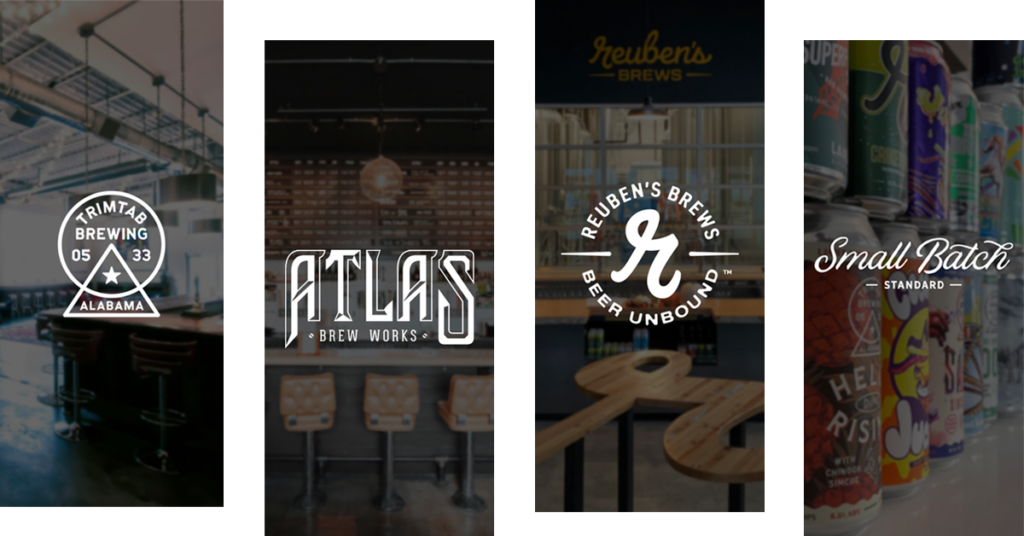
My wife often uses the word “flow.”
I hate the word.
For those unfamiliar with the term, it was developed by Gen Z and it’s meant to describe a free spirit. Someone who lets things go easily and takes life with a grain of salt. Someone who flows typically has a hard time accepting reality.
She and I silently acknowledge, her use of the word is a front to fit-in with 2023 vocabulary. We are in our 40’s and really want to act cool. For the record my wife is a Type A, planner extraordinaire, carnivore.
And this was her first time attending CBC.
It’s a lot to take in for your first trip to the big conference.
To ensure maximum mockery of the word “flow”, I’ve decided to keep my experience and interpretation of CBC open-ended. The conference was awesome and why cram it all into one email?
I mean, what happens if I wake up at 3am in a cold sweat because I was having a nightmare recalling the session recommending that brewery valuations are somewhere between 1.5x-20x EBITDA……
Surely you would need to know my thoughts about this.
So I’m flowing.

He Said, He Said
Bob was flowing, Bart was not.
BA president, Bob Pease, was quoted in saying “the best is yet to come” for craft. While I have no idea what that means, Bob could have been hinting at some legislative efforts the BA is working on. But honestly who knows what Bob is talking about?
BA chief economist, Bart Watson, was quoted in saying “expect slow to no growth.”
Now we’re talking. I think Bart’s talk is a nice recap of what SBS has been saying for the past 3 years, just 3 years in arrears. But hey, the trade association needs to remain positive and cheery for its members.
Bottom line here, it’s 2023. Let me be very clear.

We are seeing the fallout of craft = Owners who lack business sense are closing down.
Everyone is feeling the headwinds = It’s normal for an industry to experience a slowdown after a period of growth. Craft had some awesome growth from 2012-2019.
Does that mean the world is ending, absolutely not. (see below) Does it mean that you need to take your business seriously, yes.
So when it comes to understanding your finances and making decisions based on data, we can all agree that this is a no-flow zone.

BFLW
I was chosen to participate in the pre-conference financial impact day. The official name was the Business Financial Leadership Workshop (BFLW). 125 people registered and paid to hear thought leaders in the finance and accounting space speak about cool topics. The room was arranged into 12 tables of 10-ish people each collaborating on, you know, accounting, cash flow, leadership.
The organizers, BA finance committee holla, did an amazing job of segregating the breweries at each table, by region. At my table we had breweries from AZ, TX, NY, SC, VA, OR, PA.
The agenda was each speaker would present on a topic and the table would have a breakout session to discuss in more detail.
At my table, no one was flowing. I felt right at home.
Each breakout session would bring on an onslaught of questions and dialog about serious topics. A few that I remember:
What % of merch is everyone selling?
What is your merch markup?
Taphandles and keg, what are you doing to minimize loss
Staffing – how are you keeping up with the shortage
What are the value of breweries these days
7 hours with this group made it very apparent that the need for financial benchmarks has never been greater. Breweries are eager to know how they stack up against each other, and get a sense of overall financial health.
My time with these folks also uncovered something else. Breweries that know how to run a business are doing just fine. Or at least the ones sitting at my table were. They did have some common characteristics.
They all had kitchens
They had a leadership team
They understood the industry and markets
They had a clear understanding of their revenue and expenses
They understand how to generate profit
I learned a lot from this group and glad I got to spend the day with them.


Profit Profiles
On Monday, I moderated a panel discussion that was titled Profit Profiles. The goal was to hear from three SBS customers on how they have maintained profitability over the past 8-10 years. What made my session unique, and awesome, was that the panelists were bringing three different business perspectives to the conversation.
Different?
- Wholesale heavy – 80% or more of their revenue comes from low margin wholesale sales
- 50/50 – 50% of their revenue comes from wholesale and 50% comes from retail
- Brewpub – They are a brewpub
I wanted a fair representation of what types of breweries are in operation these days.
Notable takeaways from the panel:
- You must understand the true profitability of each of the business units
- There is little room for error when 80%+ of your revenue is coming from wholesale
- Waste in brewpubs is a serious problem. Food, labor and consumable waste can kill profitability
- Kitchen labor should adapt to your model. The 30% kitchen labor benchmark may not apply to breweries who have a food partnership rather than an internally managed kitchen.
- You should communicate the importance of profit often and with urgency.
My takeaway…
After a decade of growth which ended with a pandemic, craft beer is seeing a slowdown. This is normal for any industry after so much growth. 2023 is here. The most important factor right now is profitability.
Are you currently profitable?
Yes? Great, keep it up.
No? How do you get profitable as fast as possible?
I would say that now is not the time to go with the flow. Instead, grow with the dough. Focus on profit!
—cf